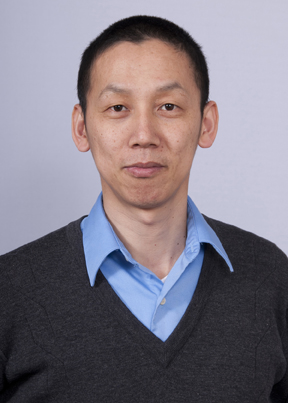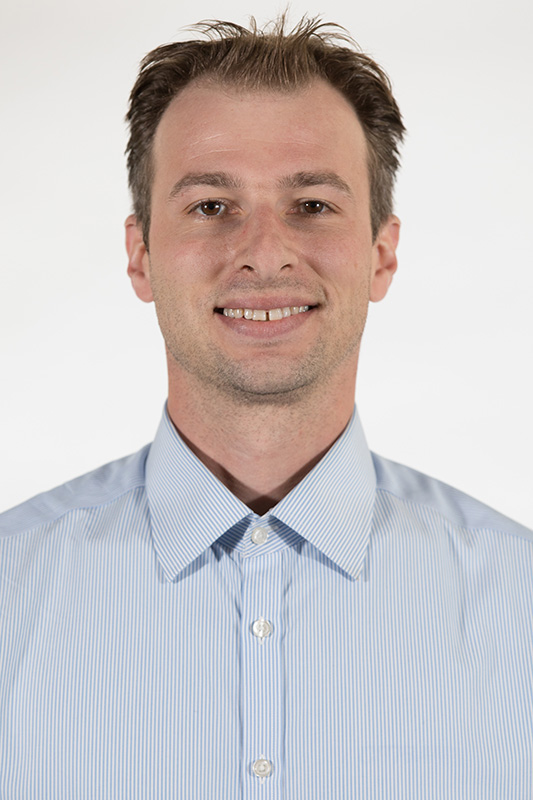Project 2: Sensing/Remediation Study
Real-Time Monitoring and Remediation of Vapor Intrusion
Rationale/Goal
Currently, it is very challenging to assess and remediate VOC vapor intrusion (VI) due to the complexity and high cost of off-line sampling methods (such as standard canister-based air collection and GC/MS analysis, EPA Method TO-15) and conventional engineering remediation strategies. Particularly in legacy cities like Detroit, such complexity and cost challenges are escalated by complex post-industrial urban environments including multiple VOC sources, aging infrastructures, and societal disparities. These lead to a significant delay in the assessment and remediation at many sites contaminated with VOCs and, as such, key demographic populations (low-income and minority) are disproportionately vulnerable to VOC exposure via VI.
The goal of CLEAR Project 2 is to develop a robust platform that integrates the Internet of Things (IoT) sensor network and edge computing (IoTEC) with a Bayesian network model for exposure assessment and targeted remediation of VI. We previously demonstrated that our IoTEC approach provides a cost-efficient, fast-response, and accurate monitoring platform. In addition, our preliminary results show that the novel organosilica sorbent under development exhibits several orders of magnitude higher sorption capacity for VOCs (trichloroethylene, tetrachloroethylene, benzene, and toluene) compared to the industry standard (activated carbon and modified zeolite).
Methods
The project goal will be achieved by:
- Establishing the IoTEC tool by integrating the IoT sensor network with edge computing for rapid-response, cost-efficient, and accurate monitoring of VI and VOC exposure
- Developing and deploying a dynamic, machine-learned BN model integrated with a mechanistic model for exposure assessment and prioritized remediation of VI; and
- Developing functionalized sorbents and remediation systems for integration with IoTEC monitoring for targeted remediation of VI risk pathways.
Expected Outcomes
-
Project 2 will transform the paradigm of VI assessment and remediation from conventional off-line methods to a new data-science driven approach, providing a first-of-its-kind platform with functionality ranging from VI monitoring and data collection/analysis to data-based decision making and improved remediation outcomes, and advancing the CLEAR mission to assess and remediate VI and ultimately eradicate health risks stemming from VI exposure.
-
The results obtained from this work will contribute to both scientific advancement and practical application for timely and improved remediation to reduce health risks associated with VOC intrusion.
-
In addition, prioritizing remediation by taking exposure risk into account can enhance environmental justice in the City of Detroit where vulnerable residents face many inequities like adverse health outcomes from exposure to VI.
Project 2 Research Team
 | Yongli Wager, Ph.D. Associate Professor, Civil and Environmental Engineering Co-Investigator, Project 2, CLEAR |
 | Carol Miller, Ph.D., PE Professor, Civil and Environmental Engineering Co-Investigator, Project 2, CLEAR Co-Director, CLEAR |
 | Yong Xu, Ph.D. Professor, Electrical and Computer Engineering Co-Investigator, Project 2, CLEAR |
 | Timothy Dittrich, Ph.D. Assistant Professor, Civil and Environmental Engineering Co-Investigator, Project 2, CLEAR |
 | Jacqueline MacDonald Gibson, Ph.D. Professor and Department Head, Civil, Construction and Environmetnal Engineering North Carolina State University Co-Investigator, Project 2, CLEAR |
 | Weisong Shi, Ph.D. Professor and Chair, Computer and Information Sciences University of Delaware Co-Investigator, Project 2, CLEAR |